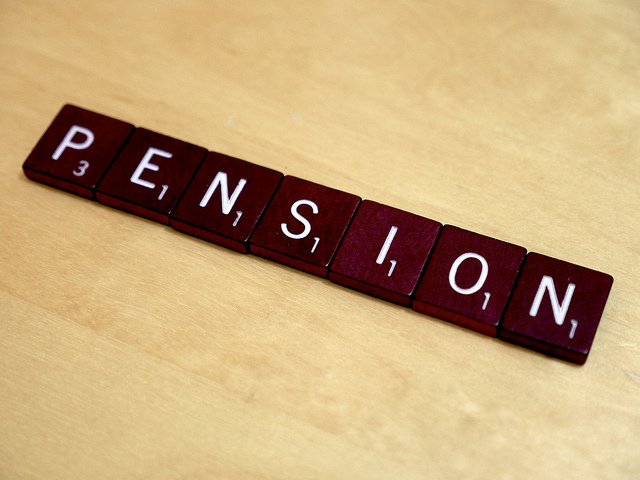When to Deploy Capital
Photo Credit: edkohler || Buy Now and smile!
One of my clients asked me what I think is a hard question: When should I deploy capital? ?I?ll try to answer that here.
There are three?main things to consider in using cash to buy or sell assets:
- What is your time horizon? ?When will you likely need the money for spending purposes?
- How promising is the asset in question? ?What do you think it might return vs alternatives, including holding cash?
- How safe is the asset in question? ?Will it survive to the end of your time horizon under almost all circumstances and at least preserve value while you wait?
Other questions like ?Should I dollar cost average, or invest the lump?? are lesser questions, because what will make the most difference in ultimate returns comes from ?the above three questions. ?Putting it another way, the?results of dollar cost averaging depend on returns after you put in the last dollar of the lump, as does investing the lump sum all at once.
Thinking about price momentum and mean-reversion are also lesser matters, because if your time horizon is a long one, the initial results will have a modest effect on the ultimate results.
Now, if you care about price momentum, you may as well ignore the rest of the piece, and start trading in and out with the waves of the market, assuming you can do it. ?If you care about mean reversion, you can wait in cash until we get ?the mother of all selloffs? and then invest. ?That has its problems as well: what?s a big enough selloff? ?There are a lot of bears waiting for rock bottom valuations, but the promised bargain valuations don?t materialize because others invest at higher prices than you would, and the prices?never get as low as you would like. ?Ask John Hussman.
Investing has to be done on a ?good enough? basis. ?The optimal return in hindsight is never achieved. ?Thus, at least for value investors like me, we focus on what we can figure out:
- How long can I set aside this capital?
- Is this a promising investment at a relatively attractive price?
- Do I have a margin of safety buying this?
Those are the same questions as the first three, just phrased differently.
Now, I?m not saying that there is never a time to sit on cash, but decisions like that are typically limited to times where valuations are utterly nuts, like 1964-5, 1968, 1972, 1999-2000 ? basically parts of the go-go years and the dot-com bubble. ?Those situations don?t last more than a decade, and are typically much shorter.
Beyond that, if you have the capital to spare, and the opportunity is safe and cheap, then deploy the capital. ?You?ll never get it perfect. ?The price may fall after you buy. ?Those are the breaks. ?If that really bothers you, then maybe do half of what you would ultimately do, but set a time limit for investment of the other half. ?Remember, the opposite can happen, and the price could run away from you.
A better idea might show up later. ?If there is enough liquidity,?trade into the new idea.
Since perfection is not achievable, if you have something good enough, I recommend that you execute and deploy the capital. ?Over the long haul, given relative peace, the advantage belongs to the one who is invested.
If you still wonder about this question you can read the following two articles:
In the end, there is no perfect answer, so if the situation is good enough, give it your best shot.
When to Deploy Capital, and Vice-versa was originally published on The Aleph Blog










